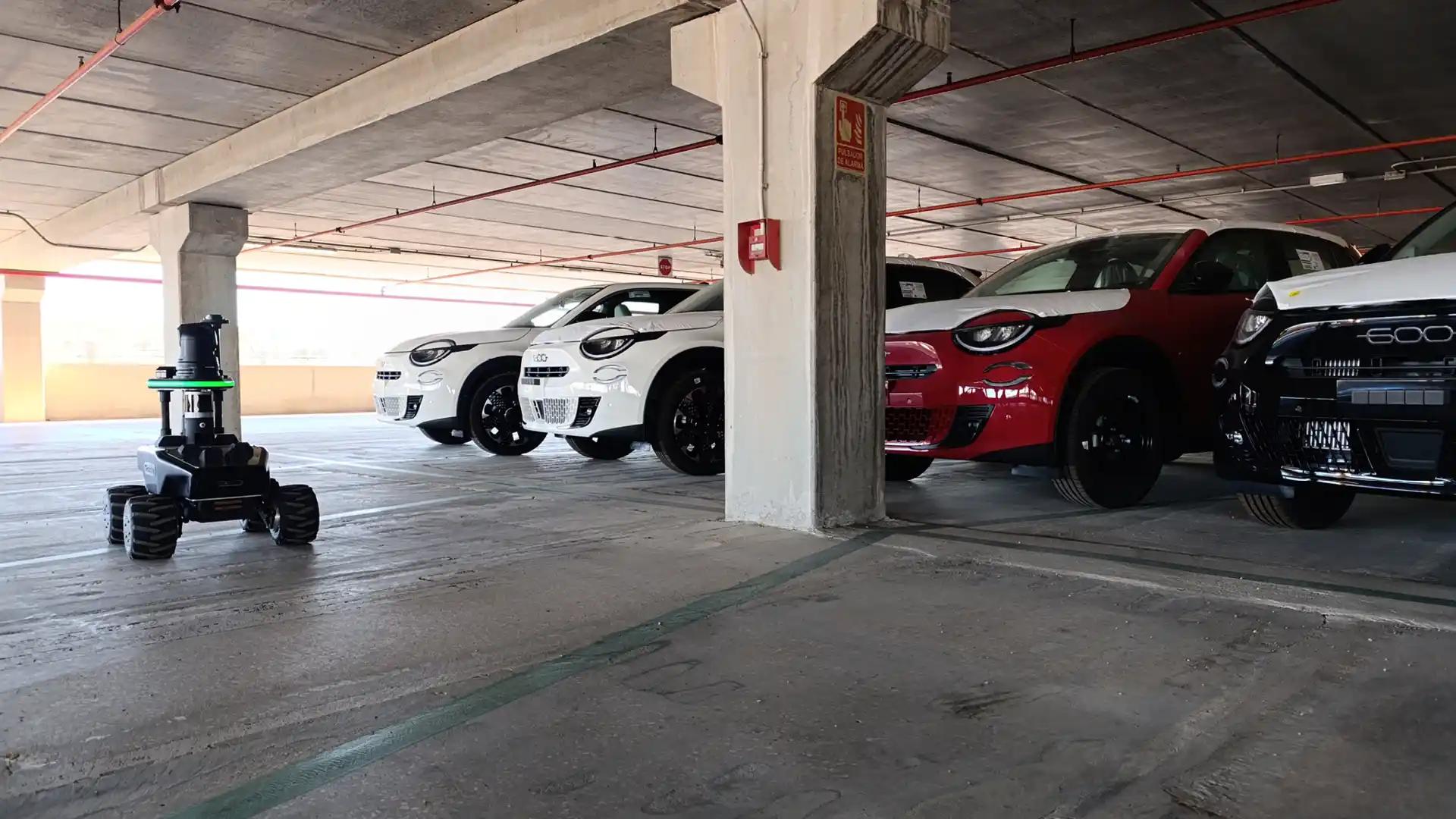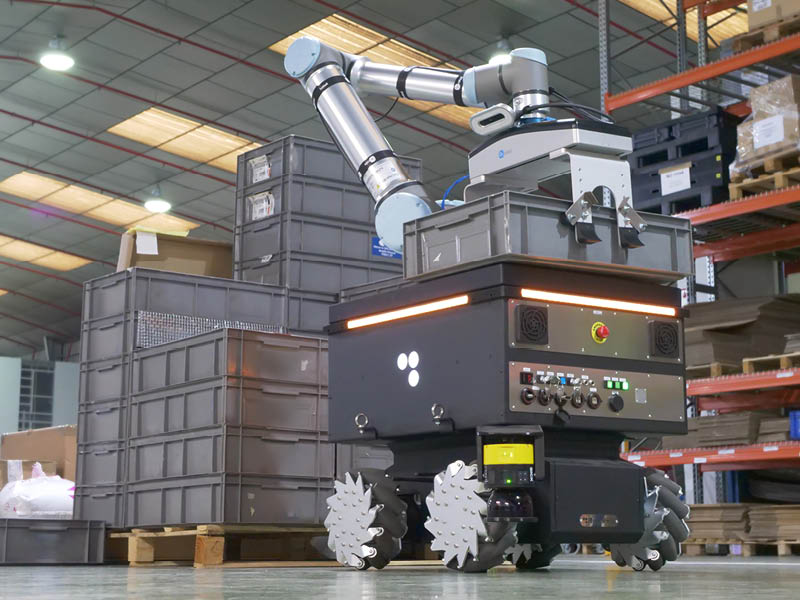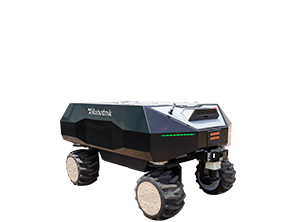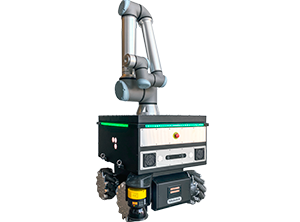The fusion of robotics and deep learning is revolutionizing industries by creating smarter, more adaptive machines capable of tackling complex tasks. Leveraging technologies like machine learning with robotics, robots can now learn from data, adapt to new environments, and enhance their functionality over time.
In this article, we address frequently asked questions about artificial intelligence (AI) and its applications in robotics. From understanding the types of AI used in robotics to exploring the role of deep robotic learning, this comprehensive guide will help you grasp the transformative impact of these technologies.
1. What type of Artificial Intelligence is used in robotics?
Robotics employs a variety of AI techniques tailored to specific tasks, such as:
- Deep Neural Networks: Used for computer vision tasks like object recognition and image segmentation.
- Reinforcement Learning: A method allowing robots to learn through trial and error.
- Big Data and Planning Algorithms: These help robots process sensory data for real-time decision-making.
By combining these AI approaches, machine learning applications in robotics create systems capable of navigating, analyzing, and interacting with dynamic environments effectively.
2. What role does Artificial Intelligence play in a robot’s decision-making?
AI empowers robots to process data from sensors, analyze their surroundings, and make autonomous decisions. This is particularly critical in autonomous mobile robots (AMRs), which must navigate dynamic indoor and outdoor environments.
For example, AI enables robots to:
- Plan optimal routes.
- Avoid obstacles.
- Adapt to real-time changes like human presence or low battery levels.
By integrating reinforcement learning and probabilistic models, robots achieve real-time adaptability and safer operations.

3. How is safety guaranteed in robots with AI?
Safety in AI-powered robots is ensured through:
- Extensive Testing: AI algorithms undergo simulations in virtual and real-world environments to validate performance.
- Redundant Systems: Backup mechanisms prevent critical failures during operations.
- Human Supervision: Critical tasks remain under human oversight for added reliability.
These practices ensure that AI-driven robots operate securely and minimize the risks associated with automation.
4. How has Artificial Intelligence improved Robotnik’s mobile robots?
AI has significantly enhanced Robotnik’s robots by improving:
- Perception: AI-powered cameras detect and understand objects in the environment, distinguishing between a pallet, a vehicle, or a heat-emitting electrical panel.
- Decision-Making: Robots now make context-aware decisions, allowing them to perform tasks like surveillance and safety monitoring with greater precision.
For example, the RB-WATCHER robot uses machine learning applications in robotics to execute complex safety and inspection tasks efficiently.

5. How does Machine Learning help tailor solutions for different industries?
Machine learning enables robots to analyze industry-specific data and develop customized solutions. For example:
- Logistics: Learning traffic patterns and optimizing warehouse processes for better efficiency.
- Inspection and Maintenance: Using historical data to predict and prevent equipment failures.
This adaptability allows robots to evolve and meet the unique demands of various industries over time.
6. What are Robotnik’s objectives in Artificial Intelligence?
Robotnik’s goals in AI include:
- Greater Autonomy: Designing robots to navigate and operate in complex, unstructured environments.
- Enhanced Human-Robot Collaboration: Developing systems that foster seamless and intuitive interactions.
- Continuous Improvement: Updating AI models with new datasets for better precision and functionality.
These objectives align with deep robotic learning, ensuring robots remain relevant and highly efficient in a rapidly changing market.

7. How can AI and automation support job creation?
Contrary to fears, AI and automation often create new opportunities by transforming industries:
- Upskilling Workers: Encouraging professionals to develop expertise in robotics and AI.
- Specialized Roles: Creating jobs in fields like AI programming, robotics maintenance, and automation consulting.
At Robotnik, the focus is on leveraging machine learning with robotics to improve efficiency while enriching the labor market with specialized roles.
8. What is the difference between Artificial Intelligence and Machine Learning?
- Artificial Intelligence (AI): A broad field encompassing technologies that simulate human intelligence.
- Machine Learning (ML): A subset of AI focused on teaching machines to learn and improve from data patterns.
In robotics, ML is used to process data from sensors, enabling robots to perform tasks autonomously and adaptively. Together, AI and ML drive the evolution of smarter, more capable robots.
9. How is Machine Learning used in robotics?
Machine learning is integral to robotics, enabling:
- Environmental Perception: Algorithms process data from cameras and sensors to identify objects and people.
- Task Optimization: Robots learn from experience, improving over time through reinforcement learning.
- Predictive Maintenance: Analyzing patterns to anticipate failures and optimize operational planning.
These applications underscore the critical role of machine learning applications in robotics for smarter systems.
10. Can you provide an example of robotics and Machine Learning in action?
In robotics, we use Machine Learning as a tool within AI so that robots can learn to adapt to new situations. That is, robotics provides the physical platform, while AI and ML give it the ‘brain’ or intelligence necessary to operate autonomously and efficiently.
The RB-WATCHER, an AMR developed by Robotnik, demonstrates the power of deep robotic learning:
- Surveillance: AI analyzes real-time data to detect suspicious activity or intrusions, it can even recognize vehicle license plates for example.
- Predictive Analytics: Machine learning models predict unusual behavior and issue proactive alerts.
Additionally, the use of predictive models trained with historical data is used to anticipate unusual patterns and issue proactive alerts.Over time, these robots improve their capabilities, adapting to changes in their environment and becoming more efficient through supervised and unsupervised learning techniques.
FAQs on AI in robotics
AI such as deep neural networks, reinforcement learning and planning algorithms are used in robotics, depending on the task to be solved, such as computer vision or real-time decision making.
Artificial Intelligence should not be seen as opposing forces to employment, but as tools that transform and enrich the labour market. IA can be the tool that allows workers to become more specialised in their field of expertise.
Safety is ensured through design practices, extensive simulations and testing in real environments, along with redundant systems and human oversight to minimize errors in critical tasks.
Deep robotic learning refers to using deep learning techniques to enhance a robot’s decision-making, perception, and adaptability.
Machine learning enables robots to analyze data, predict outcomes, and adapt to new environments, making them smarter and more autonomous over time
The future lies in smarter robots capable of continuous learning, enhanced collaboration, and dynamic adaptation to complex environments.


